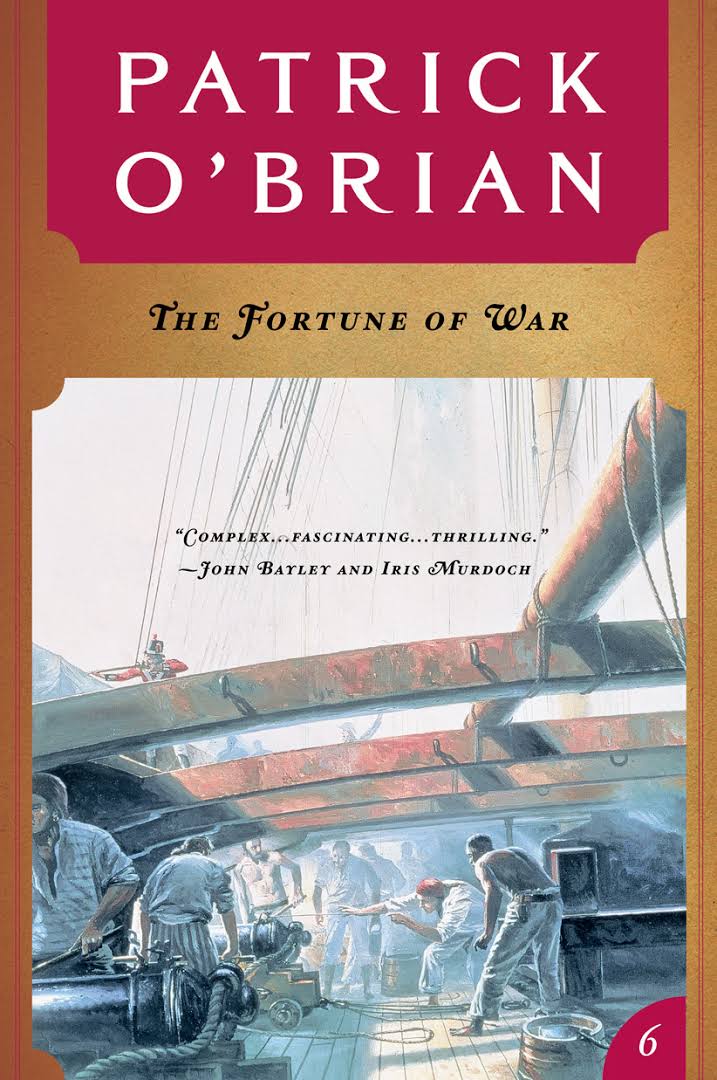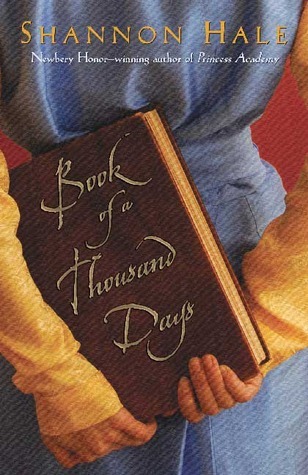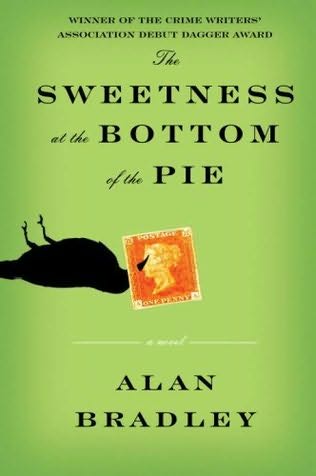[button color=”black” size=”big” link=”http://affiliates.abebooks.com/c/99844/77798/2029?u=http%3A%2F%2Fwww.abebooks.com/servlet/SearchResults?kn=A+Study+in+Scarley&sts=t&x=34&y=6″ target=”blank” ]Purchase here[/button]
When detective fiction was still in its infancy, in the year 1887, this novel first appeared in an issue of Beeton’s Christmas Annual. Just imagine: It was the first anyone had ever heard of Sherlock Holmes! Then a young physician, just starting to stretch his literary muscles, Arthur Conan Doyle here created a character who has become one of the most enduring figures in the popular imagination. The Holmes canon now includes four novels and 56 short stories, written over a period of 40 years, but it all began here.
I didn’t read this book when I owned an omnibus volume called The Complete Sherlock Holmes. I had that book for several years, and read many of the shorter Holmes tales before I sold it in a garage sale circa 1988. I saw piles of the same edition marked down for clearance at the late and lamented Borders as recently as 2006. One almost had to give the book away; it seemed more a doorstop or a paperweight than something actually to be read. This is partly due to the repulsive, eye-straining layout of the book, and partly due to its uncomfortable heft. This, together with a few other experiences, has taught me to avoid omnibus editions. They are the bane of reading and the germ of procrastination.
I also didn’t read this book when I got my first Kindle. I meant to use the device only to read books that I could download for free. This included parts of the Holmes Canon, but among the exceptions was this book. I grudged the $0.99 Amazon wanted me to pay for the e-book edition of a novel first published 101 years before I sold my hard copy of it. And because I wanted to read the series in canon order, that meant waiting before reading anything Holmes.
And then, Hollywood happened. Holmes has been everywhere lately! Robert Downey has played him in a recent brace of blockbuster movies. Benedict Cumberbatch has ridden BBC’s Holmes-in-the-21st-century series Sherlock to overnight superstardom. And Jonny Lee Miller has turned in a very different, but still marvelous, present-day account of Holmes in CBS’s Elementary. I know very well that none of these entertainments is especially faithful to the original Holmes. But I have enjoyed all of them too much to be able to wait a minute longer to reacquaint myself with Holmes as Conan Doyle created him. In canon order. And that meant, alas, blowing four or five bucks at the Kindle Store.
More surprises were in store for me. Did you know that A Study in Scarlet included the first depiction of a magnifying glass being used as a crime-detecting tool? Did you realize that the pilot episode of Sherlock is, up to a certain degree, a faithful adaptation of this first Holmes novel? This is the one where Holmes and Watson meet and become roommates at 221B Baker Street. This is where Holmes first lays out the science of deduction and his “attic theory” of the brain, first displays his talent as a violinist, first exhibits mood swings ranging from morbid depression to fierce energy, and most importantly, first has Watson along as an observer and chronicler. Here we first meet the street urchins Holmes employs as his junior detectives, and the Scotland Yard chumps Gregson and Lestrade, who are keen to take credit for his sleuthing.
Perhaps equally surprising is what isn’t in this first novel. No deerstalker cap. No Meerschaum pipe. No mention, or even hint, of Moriarty. No qualm against doing in the landlady’s dog with poison (partly to end its suffering, and partly to test a theory about the crime). Sure, there is an old lady who turns out to be an actor in disguise, and one clever enough to elude Holmes’ pursuit; but the person under the disguise isn’t Irene Adler. And sure, the killer has the same occupation, the same diabolical means of persuading his victims to take the poison, and the same life-threatening health condition that enables him to disregard his own safety, as the perpetrator in Sherlock‘s “A Study in Pink”—but he’s not a psychopath. He’s an avenging angel. And the motive for his crimes is as stunning as it is moving.
The mystery develops along the expected lines, though Holmes only reveals some of the clues he discovered at the end, while explaining how he solved it; so, don’t expect to be able to solve it yourself. At the point when Holmes lays his hands on the guilty party, it comes as a terrific surprise. But the biggest surprise is yet to come: several chapters of a tale of horror, survival, and revenge in the early Mormon settlement of Salt Lake City. If it weren’t for the mention of a couple of character names that you’ll recognize from before, you might suspect a glitch in your Kindle had stitched the first half of a Holmes mystery to the second half of a western thriller.
Also, you may be shocked at the very dark depiction of the Latter Day Saints in this segment. Brigham Young himself makes a frightening appearance, and the atmosphere is like a tale of attempted escape from an evil cult or a religious inquisition. It is uncertain whether or not the author regretted writing this perhaps libelous account. Even bearing in mind that Conan Doyle wrote this when Utah Valley Mormonism was still tiny and new, and when sensationalized accounts of certain dark episodes in LDS history were fresh in the popular mind, this book’s depiction of Mormonism is harsh enough to have been removed from school reading lists in some districts. I mention it so that you can apply your own judgment, and be prepared for the surprise. Don’t blame your Kindle!
Conan Doyle’s Holmes canon continues with the following books, which I intend to read soon:
- The Sign of the Four (1890 novel)
- The Adventures of Sherlock Holmes (12 stories from 1891-92)
- The Memoirs of Sherlock Holmes (11 or 12 stories from 1892-93)
- The Hound of the Baskervilles (novel, serialized in 1901-02)
- The Return of Sherlock Holmes (13 stories from 1903-04)
- The Valley of Fear (novel, seralized in 1914-15)
- His Last Bow (7 or 8 stories, collected in 1917)
- The Case-Book of Sherlock Holmes (12 stories from 1921-27)
Other works by Arthur Conan Doyle include the five “Professor Challenger” sci-fi/fantasy novels, beginning with The Lost World; and some thirteen other books in genres ranging from historical fiction and Bildungsroman to Gothic mysteries, political potboilers, and satirical vignettes. I have loads of them in my Kindle already. Expect to hear more about them!





